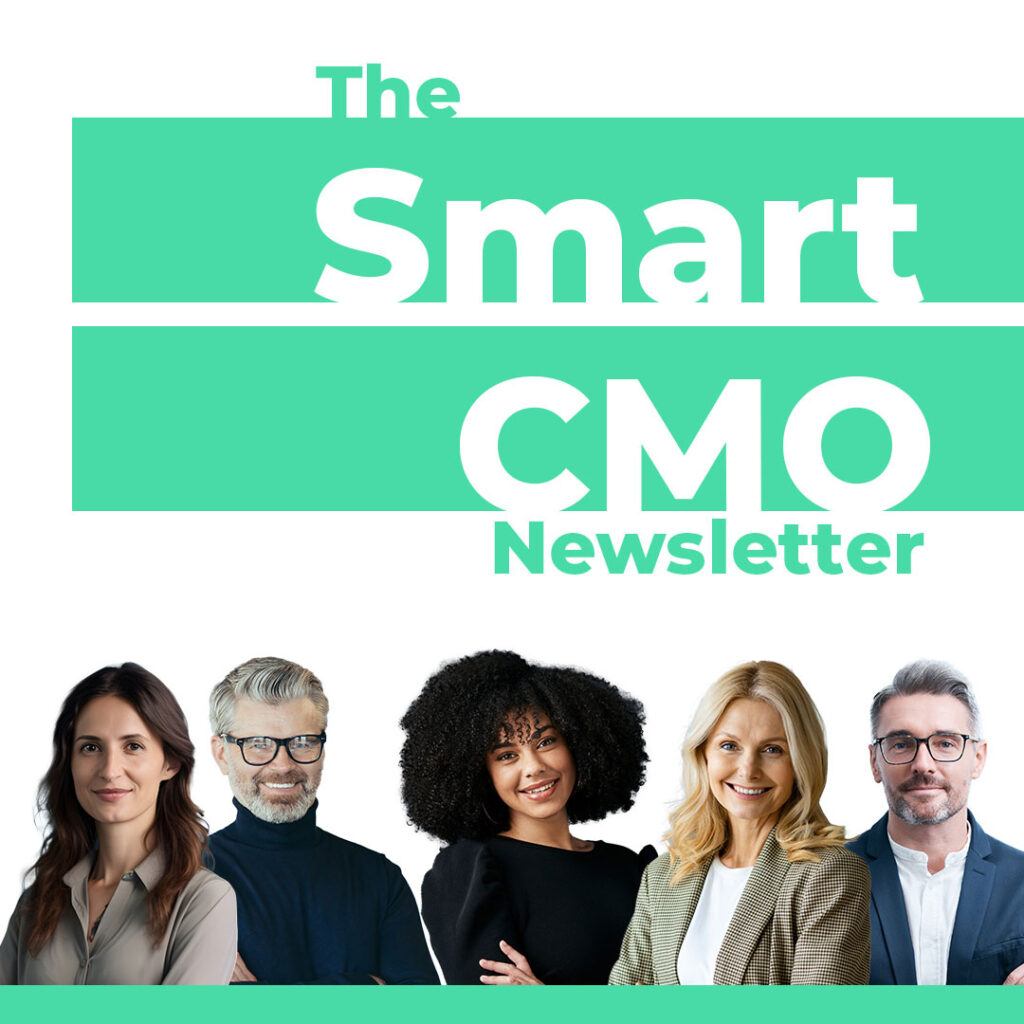How to Get Out on the Road with Stakeholders
Original article posted on AURA’s website.
At a recent AURA seminar, members welcomed Crowd DNA to dicuss their work to explore the art of teen attraction for clients Axe/ Lynx.
In this article, Andy Crysell of Crowd DNA shares with us some more insights sets out how to get out on the road with stakeholder teams. Be sure to check out the full presentation in the members Resources section.
How we get out on-the-road with stakeholder teams, immersing them in the lives and culture of people.
Sometimes in our work it’s important to remove the safety net. To fly, just a little, by the seat of our pants. Actually, what we really mean is it’s important for our clients to be doing this. To escape the confines of simply attending the debrief presentation or the viewing facility.
This is about getting brand teams to meet with ‘the public’ and on their turf; in their houses, their shops, their bars and recreation parks. But you’ve got to bring energy and purpose to these occasions – encouraging clients to lean in and to be truly receptive to what’s around them. This involves good design, consummate preparation and a flair for fluid thinking.
We call this Crowd IRL (aka In Real Life) and at Aura’s Brains, Waves, and Automated Machines seminar on July 24, 2018, we presented how we used this approach in six markets as part of our work for Unilever’s Axe brand (also known as Lynx), seeking an authentic way to help client-side stakeholders to gain greater empathy with the target audience and a sense of co-ownership and co-authorship of the project’s findings.
In this post we share i) what we find so exciting about this form of work and ii) the craft that goes in to setting these sessions up to the very best effect (ie, so there’s not really too much flying by the seat of anyone’s pants).
Crowd IRL
We’ve been on an impressive roll running IRL sessions in the last year. This work has taken us to South Korea, China, Argentina, India, South Africa and Indonesia; as well as out and about on Crowd DNA home turf in New York, Amsterdam, Singapore and London.
When set up carefully, there’s something incredibly powerful about this type of work. Rather than listening to, reading about, or watching what we have to say, or peering from behind the glass in a viewing facility, the client is truly getting in there with people and with culture.
The benefits of this might sound obvious, but it’s incredible how often the potential for these sessions is overlooked. You can’t really sleepwalk through them, and that’s key. It requires client teams to lean in. There’s sometimes even a sense of friction to begin with, of people being out of their comfort zone, but that’s a useful ingredient. Played right, this leads to true alertness and receptivity to what’s going on around you.
There’s not really a one-size-fits-all method for this type of work. Sometimes we might just be connecting with ‘regular’ consumers; at others we will include influencers and experts; or base it more around visiting stand-out locations than interacting with pre-recruited participants. They can be all wrapped up in a few hours, or take place over a number of days. So yes, we’re big believers in custom design over off-the-shelf solutions. But nonetheless we thought it worth trying to get down a few notes on what we think are the important factors:
Planning
Planning does make perfect in this field. All participants – the public and client stakeholders alike – need to be given the right level of detail on what will happen and what’s expected of them. Sometimes we’ll produce a project intro video, talking through the plan. We also create profile packs so clients have good background info on the people they’ll be meeting – the more context and anecdotes they have, the easier it will be to start conversations.
We work hard to get the mix of locations just right. You want to be going to the places that the target audience in question really does go to and/or to the cultural hotspots that will change thinking and present powerful new stimulus. This takes meticulous upfront research and attention to detail.
You’ve got to be realistic, too. While there might be ten good spots to head to, if time doesn’t allow for it, don’t do it. There’s no point turning the whole exercise into a needlessly frantic dash about town – and people need reasonable time to share learnings and talk between each interaction. Oh yes, and it’s worth knowing exactly where you’re going – getting lost in Kyoto, Mexico City or Helsinki isn’t a crowd pleaser.
Not too much planning!
So all of this planning is essential, but you also have to leave some gaps in the process. The serendipitous moments along the way are often where the magic happens. If the client wants to check out a different store than the one planned, or has struck up a particularly good conversation that warrants more time, you need to build in scope for such things to happen.
Don’t write a discussion guide – this can hinder the experience of actually meeting people on their own terms. Instead, arm the clients with provocations about the topic of interest as conversation starters. These could be false facts, quotes from previous waves of research etc. This type of stimulus is great if conversation starts to slow down, but, as not too prescriptive in form, also doesn’t limit clients from feeling they have the license to go off-script.
Setting the tone
These projects are about experiencing an environment with all senses truly switched on, not just having a conversation. Tell clients to observe and take note of the spaces they find themselves in, body language, relationships between people, media, music, food, what others in the space are doing.
Encourage clients to be interested, curious, flexible and to have fun. It’s not always going to run perfectly. There will be awkward conversations, silence and even some boredom – but mixed with laughter, fun and great interactions. Let the consumer lead where possible and allow them to be the narrator of their world.
Expertise
If you’re dropping into a distant city with a bunch of clients, looking to immerse them in how people and culture works there, sufficiently deep expertise in the topic matter is vital. This might well come from previous waves of secondary or primary research that you’ve conducted. It can also come from working with on-the-ground contributors – people who can articulate the details of the experience and unlock scenarios that may otherwise be out of reach. For instance, we might work with local lifestyle journalists and bloggers, or even independent tour guides who specialise in showing people an alternative view of a city.
Sharing
Everyone will need a way to gather, disseminate and reach conclusions around the wealth of material they are exposed to. We’ve recently had great success setting up WhatsApp groups in these types of situation. Our client stakeholders get to share images, videos and noted insights as they go in a fluid and low friction fashion. Better still, we can use the channel for logistical purposes, following where everyone is and, for instance, whether it’s time to advise a particular team that they’ve probably downed enough shots in that location and should move on!
We also arm teams with Polaroid cameras in some cases – of course, people can take pics via their phones, but it can be useful to achieve a focus on what’s important by limiting the number of shots available to them. We might give them budgets to buy items as they go – inspiring and surprising material that they can then share and discuss later.
Something ultimately needs capturing out of all of this fine work. Talking over findings, post-day, at dinner, can be the way – though be mindful of burnout. It can often be just as beneficial to share the findings over breakfast, as the start of the next day – people are fresher and it primes everyone for the next set of adventures.
It’s the job of the stakeholders to gather and share ideas. But it’s ours to collate them and author, or co-author, the take-outs. The final record of this type of exercise varies – a blog, film or booklet; a simple Google Docs round-up; a workshop session to feed ideas into the innovation pipeline – but it’s vital that there is an end product.





